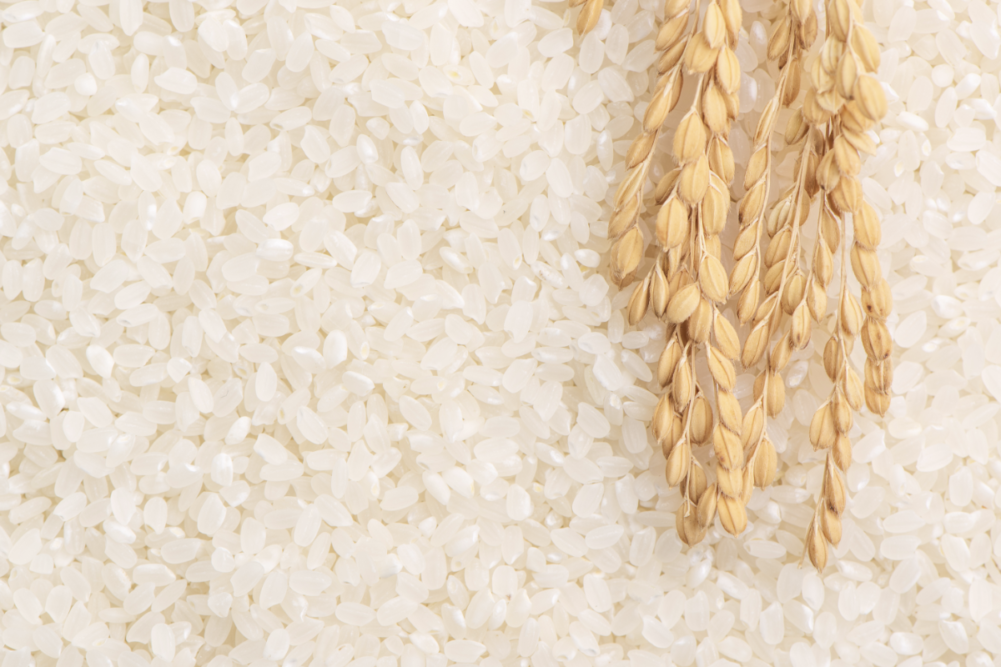LONDON, ENGLAND – Global rice prices are moving higher with the search for alternatives to wheat and other crops lost to the world market because of the conflict stemming from Russia’s invasion of Ukraine.
In its Grain: World Markets and Trade report of July 12, the US Department of Agriculture’s Foreign Agricultural Service reported that “in the past month, US quotes rose $10 to $705 per tonne amid tight supplies.”
“Uruguayan prices remain steady at $545 per tonne,” the report added. “Thai quotes fell $28 to $428 per tonne due to large stocks, a weakening Thai baht, and stiff competition from other Asian suppliers. Vietnamese prices fell by $13 to $410 per tonne as market conditions remain little changed from last month.
“Shrinking the price spread with Thailand and Vietnam, Pakistani quotes rose $40 to $420 per tonne amid steady demand from China. Indian quotes rose minimally by $5 to $350 per tonne and remain the lowest globally with large supplies.”
In its July 8 Rice Price Update, the United Nations Food and Agriculture Organization (FAO) said prices had risen in June by 1.4% month on month.
“June marked the sixth consecutive month of international rice price increases,” the FAO said, explaining that levels reached 2.3% above the level of June 2021. “Quotations moved up in all the market segments last month, except in the glutinous sector, where a retreat of Chinese buyers from the market tended to weigh on sentiment.
“Increases were most pronounced for aromatic rice, reflecting support provided to basmati quotations by strong demand from Near Eastern buyers and thinning availabilities. On the other hand, mixed trends across origins kept Indica increases at 1.1%, while Japonica values reached their highest level since May 2014, following a 1.6% monthly rise driven by sustained production concerns in California.”
June export quotations followed contrasting trends in Asian Indica markets, the FAO said.
“In Pakistan, prices leaped to 12-month highs, buoyed by strong export progress this year coupled with heightened inflationary pressure, including from increases in fuel and electricity costs,” the FAO said. “Quotations also edged up mildly in India amid consistently robust demand, with an import duty cut in Bangladesh also providing a late-month boost to values in the country.”
By contrast, prices fell in Thailand, depressed by a pause in fresh Iraqi purchases occurring amid otherwise low demand and a depreciating Baht, the FAO said.
“A slow pace of trade also lowered offers in Vietnam, where the early summer-autumn harvest began to trickle into the market,” the FAO said.
In its July 15 Rice Advocate newsletter, the US Rice Producers Association, noting that US harvesting was set to begin, commented that “globally, all eyes are still on Asia where rice demand is believed to be stronger due to the Russian and Ukraine wheat fallout.”
“As the Middle East and North African markets hunt for alternative calories, rice is expected to become one of the key substitutes in this normally heavy wheat consuming region,” US Rice said.
Another factor that can place strain on the world rice market pertains to the fertilizer issue, the association said.
“Growers in Asia were clearly forced to ration fertilizer on higher prices, but the effects of those agronomical decisions have yet to be seen,” US Rice said. “China is already reporting increased pest and disease problems with its rice crop, and Thailand anticipates lower yields due to the inflated fertilizer and chemical costs. Since the Russia invasion, rice prices have remained rather stable when compared to wheat and corn. However, the last time the grain trade was this disrupted was in 2008, when rice prices ran past $1,000 per tonne, nearly twice the current value.”




